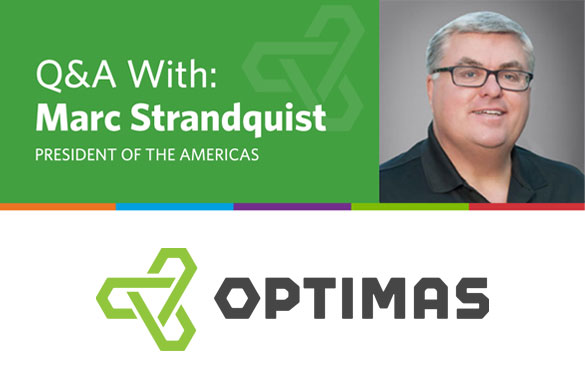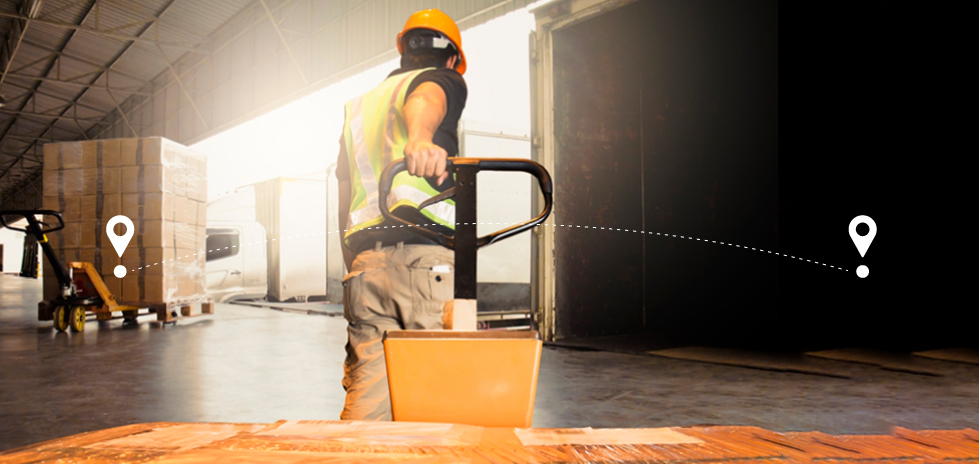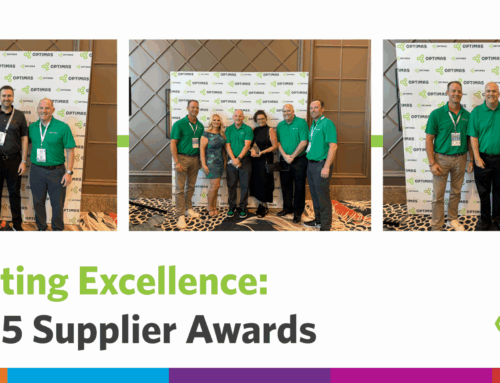
在 COVID-19 及以后保护您的供应链
在 2020 年过半之际,我们向 Optimas 美洲区总裁马克·斯特兰奎斯特 (Marc Strandquist) 询问了当今供应链的状况、我们迄今为止学到的知识以及如何确保您的供应链以应对未来的发展。
现在制造商面临的最大挑战是什么?
简短的回答是了解真正的需求。早在 1 月份,我们就看到客户每天建造 200 个单位,然后在 4 月份关闭。当制造商重新开工并开始提高产量时,他们开始时每天可能生产 50 台。这明显低于六个月前的水平,而且许多人都在对这些数字做出最好的猜测。很难预测和调整产量,尤其是在这样一个动荡的市场中。
制造商的上游是材料供应商。例如,钢铁行业不得不调整生产,以尽量避免因下游生产停滞和减产而导致的库存增加和价格下跌。
我们都希望并祈祷,如果出现第二次全国性的病毒激增,我们会以不同的方式处理事情,我们会找到更好的方法来保护我们的经济,而不是关闭一切并重新开始这个循环。
您见过制造商正在努力应对的其他一些挑战是什么?
许多供应商宣布不可抗力或停业,使分销商和制造商陷入困境,导致供应链出现重大中断。
工业行业还不得不应对有限的流动性和旅行限制。他们无法拜访客户、会见重要客户,这会损害客户关系。
当然,一些公司正在为现金流而苦苦挣扎。
一些公司比其他公司更好地准备应对这场危机。这些公司做对了什么?
我认为他们在与客户和供应商的沟通方面采取了非常积极的立场。他们确保提供持续更新和签到,提供舒适感。
此外,利用技术的公司——尽可能多地数字化他们的供应链——拥有正确的数据,从而可以更好地规划延期和取消库存——这样他们手头就有足够的现金。
那些措手不及的人呢?
沟通是如此重要。没有与客户和供应商合作伙伴提前有效沟通的公司处境最为艰难。他们无法做出适当或足够快的反应。正如我们最近所看到的那样,政府关门让我们变得脆弱和暴露。清晰透明的沟通可以更好地降低风险。
而且,从我们迄今为止所看到的 2020 年大流行来看,主要建立在低成本、单一来源和低库存基础上的供应链最没有能力应对如此大规模的中断。
最后,我认为没有与合适的供应商和供应链合作伙伴建立牢固的关系会伤害许多企业。
您看到制造商为纠正路线和稳定所做的一些事情是什么?
具有适当风险缓解策略、多元化采购、数字化以及与供应商建立牢固关系的公司更具弹性。
已开始实现供应链多元化并实施在岸供应链战略、投资国内制造的公司已大大降低了风险。
好消息是,美国制造业将从中受益匪浅。
例如,在 Optimas,我们在芝加哥地区的工厂进行大批量、高质量的制造。与海外采购相比,我们看到人们对国内采购的兴趣有所上升。
我们将在第四季度继续看到哪些供应链挑战?
任何公司及其领导者面临的挑战都是他们无法控制的事情。通过这个,我的意思是更多的政府在州或国家层面关闭。这将使计划库存、预测需求和相应地调整劳动力变得不可能。
制造商现在可以做什么来稳定他们的供应链并将风险降至最低?
获取关于您将要消费什么的准确数据。那是 #1。作为工业分销商,我们在为客户获取库存方面没有问题,但我们需要良好的数据来确保尽可能提供最高水平的服务。提高知名度是关键。
需要哪些长期解决方案来继续保护他们的供应链?
每家公司都应该对其供应基础和商品战略进行非常彻底的审查。确保与稳定、财务上可行并具有交付能力的供应商签订协议。回到我之前所说的,透明的沟通和关系至关重要。
COVID-19 将如何永久改变供应链?
毫无疑问,将会有一种全新的经商方式。人与人之间的接触会减少,Zoom/Teams 会议会增加,旅行限制也可能会增加。这些东西会伴随我们很长时间。但这对我们所有人来说都是一个机会,可以让我们在如何与客户互动和接触客户方面发挥创意,从而帮助他们实现业务目标。
我还预计对国内制造业的持续兴趣。制造商正在寻求降低他们的总拥有成本,并为他们自己的生产和客户提供更好的支持。
当我们摆脱 COVID-19 时,反弹会是什么样子?
那些花时间专注于内部业务、培训员工并使公司更强大的人将能够走出去并抢占一些市场份额。那些被动和浪费时间的人将被抛在后面——无论大小。为了获得市场渗透,将会有很多激进的行为。
在 Optimas,过去五个月我们一直很忙。我们为获得市场份额和增长做好了更充分的准备,因为我们一直在投资于技术升级、拓展新市场并为我们的客户增加新的产品种类。
作为领导者,您在这段时间学到了什么?
我不得不改变在家工作的想法。在病毒出现之前,我不喜欢这个概念。我认为这会降低业务或太困难。不利的一面是,当你们都在远程时,你会失去一点团队友情,公司文化也会受到影响。它最终成为一个无缝过渡。我们确保我们的员工能够获得他们需要的东西,这样他们就可以继续工作。
我们如何为接下来的事情做好准备?
确保您的团队了解您的客户现在不想被卖给他们——他们想要答案并帮助弄清楚下一步是什么。快速响应客户需求并确保您的员工得到适当的领导和培训以在当前条件下工作。那里会有机会,但你需要做好充分准备和灵活应对。
2 Comments
发表评论
您必须 登录 才能发表评论。







[…] COVID-19 对我们的公共卫生、经济和公司财务状况造成了冲击。在如此重大的危机面前,我们所有人的命运都取决于此刻站在我们身边的合作伙伴。找到合适的工业供应链合作伙伴是度过这场疫情及之后的关键。[…]
[…] 目前,制造商比以往任何时候都更加了解其供应链。这种认识引发了许多关于如何提高效率和弹性的问题。我从事分销和供应链专业人士近三十年,因此我了解平衡供应连续性和客户需求的挑战。由于 COVID-19 暴露了即使是最安全的供应链中的漏洞,供应链经理正在应对日益复杂的情况。了解如何简化复杂区域并稳定薄弱环节将使您能够随着需求的变化快速扩大或缩小规模。以下是一些常用技巧,可简化您的零件管理,从而打造更强大、更具弹性的供应链。[…]